Following on from their last venture, founders Serbest Salih and Amar Kılıç tell BJP about why they use photography with displaced children
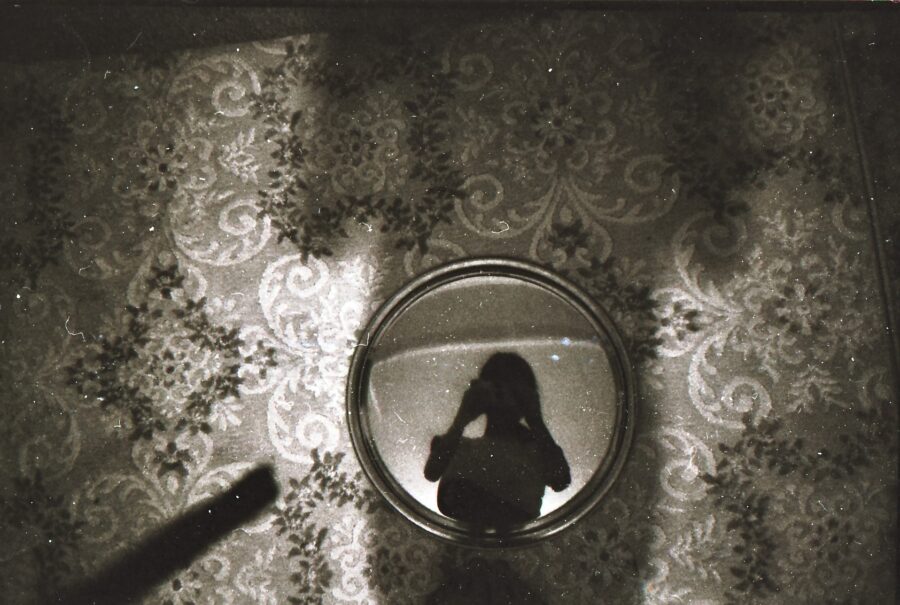

Following on from their last venture, founders Serbest Salih and Amar Kılıç tell BJP about why they use photography with displaced children
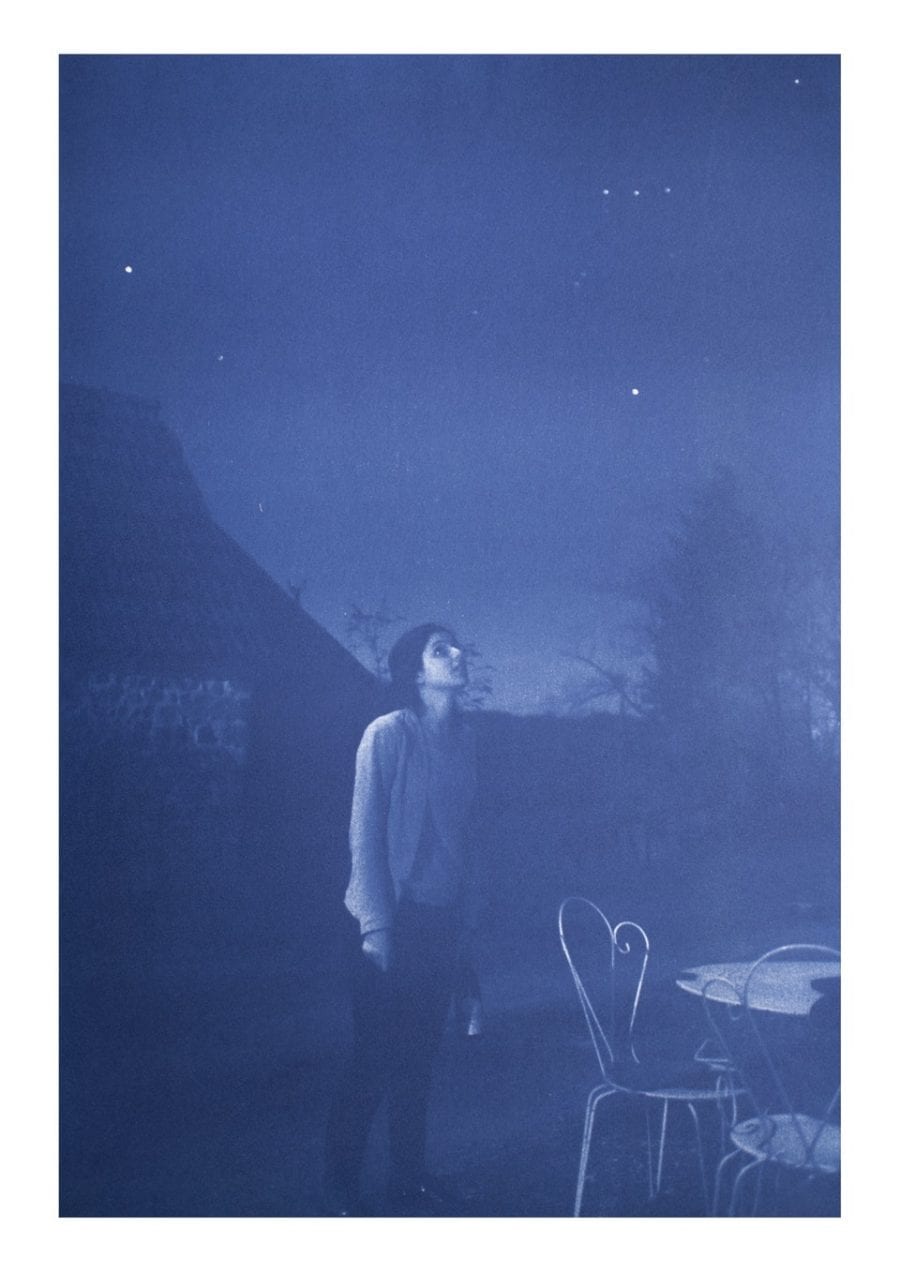
Winner of the BJP International Photography Award 2020, Lhuisset parallels the heroism of Kurdish guerilla fighters in Iraq with their plight once they come to seek refuge in Europe
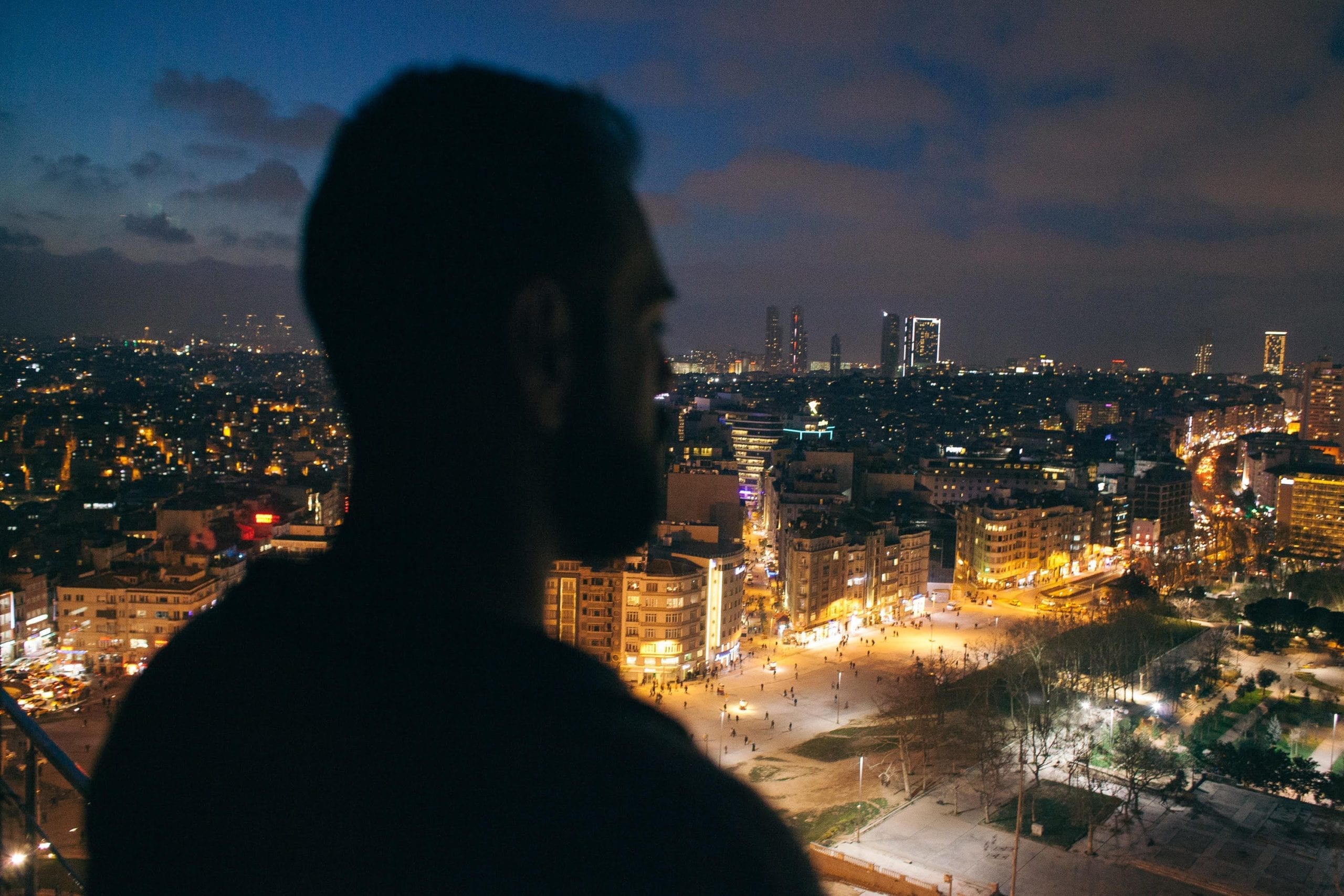
In a free live event, the Istanbul-based photojournalist unpacks a decade of documenting LGBTI+ asylum seekers around the world

In 1939, Spanish refugees started to flee the country’s bitter civil war, in a movement that’s become known as the Retirada [the ‘withdrawal’]. More than 450,000 men, women, and children crossed the border into France in February 1939 alone, following the fall of the Second Spanish Republic and the victory of General Franco. France, anticipating the mass migration, had started to make provisions for the refugees, but underestimated the sheer numbers. Many ended up on the beaches in makeshift accommodation, and by 1940, some 50,000 had ended up in a series of camps. Diseases such as dysentery were rife, and the mortality rate high.
One of the camps was Camp de Rivesaltes, also known as Camp Maréchal Joffre. Built in 1938, near Perpignan and just 40km from the Spanish border, it had originally been intended as a military base but, following the Retirada, the French government decided to use it as an internment camp. By January 1941 was housing more than 6500 refugees though, as by then World War Two had broken out, half the camp was Spanish – the other half Jews who had fled various counties and French gypsies. In just under two years, the camp housed some 17,500 people, just over half from Spain, 40% Jewish, and 7% French gypsies.
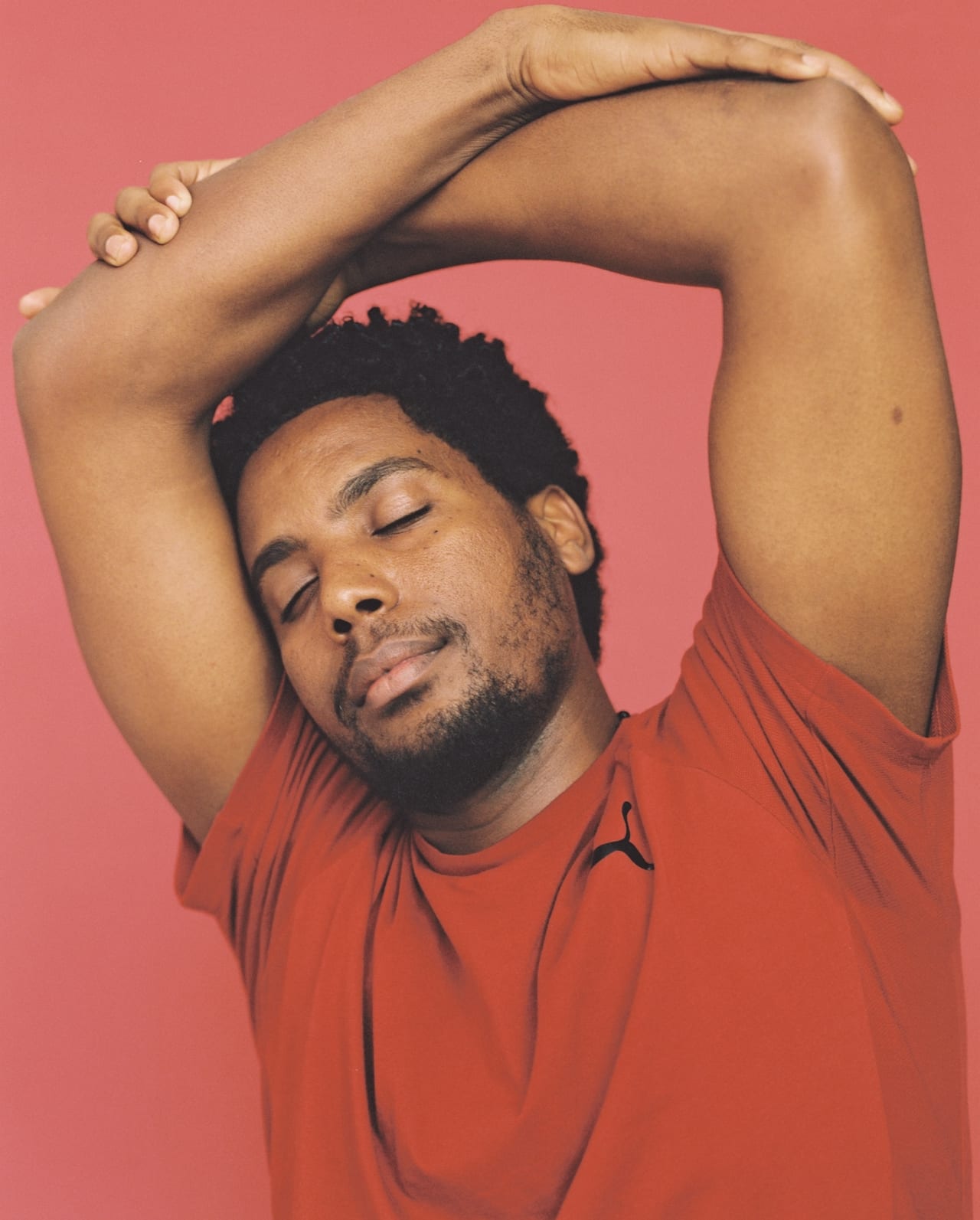
Yuel Elob just saved up to buy a fixie bike, “just for fun, because I love cycling so much”. Daniel loves music and DJ-ing. Bada Yusuf volunteered at Pride’s pop-up shop last year, and met a group of people who are now “all friends, and I have parties at my house”. They sound like typical young Londoners but their stories are anything but – war and persecution meant all three were forced to leave their countries, and start again from scratch in London. Even so all three have found jobs, and Yusuf has nearly finished a Masters.
They feature in an exhibition called Breaking Barriers, which aims to show “the dreams and challenges faced by refugees in the UK”. Co-curated by Rebecca McClelland, who spent seven years as a photographic editor at The Sunday Times Magazine before becoming the New Statesman’s first photographic lead, the show features portraits by world-famous image-makers such as Diana Markosian, Nick Waplington, Adam Broomberg and Oliver Chanarin.
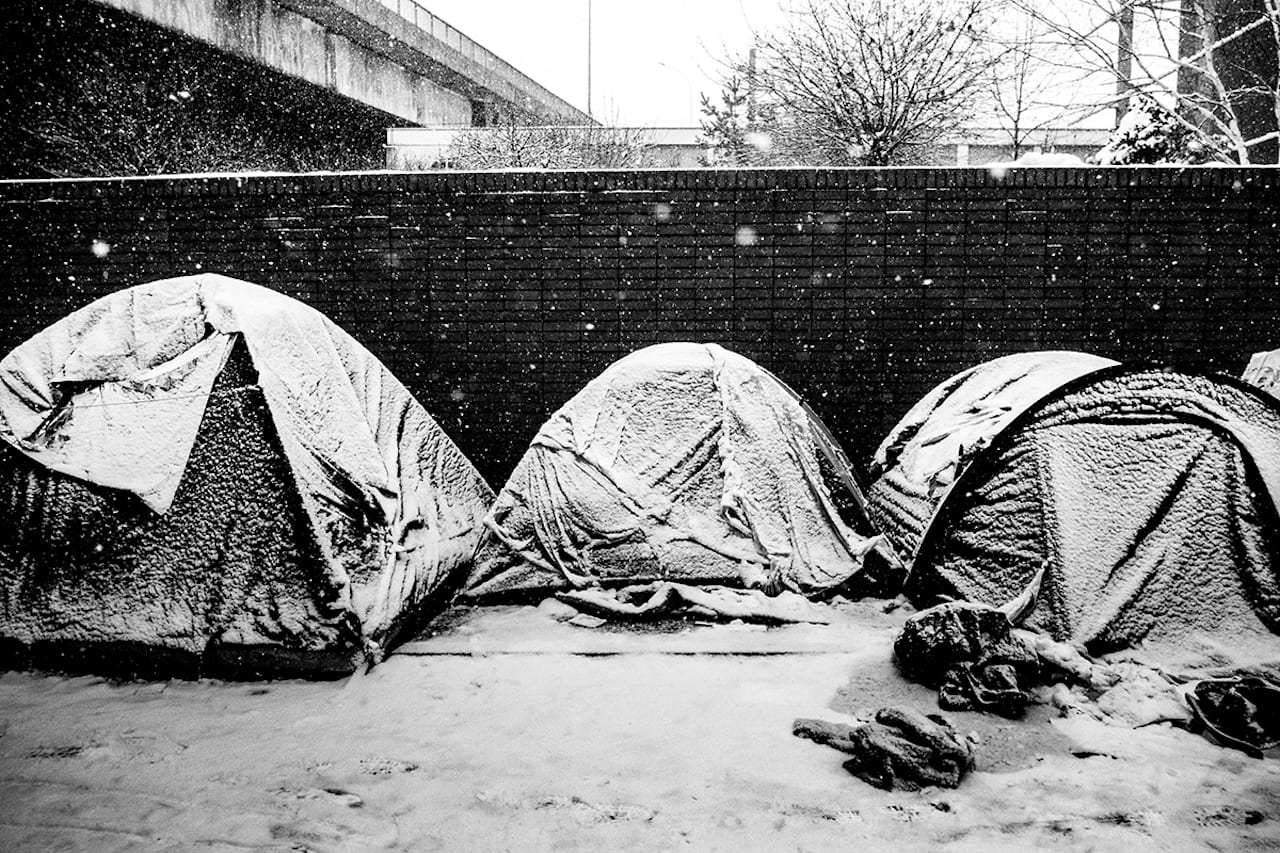
“Photography is a universally understood language. No matter where you’re from, anyone can read an…

Long before the public sat up and took notice of the staggering number of refugees…
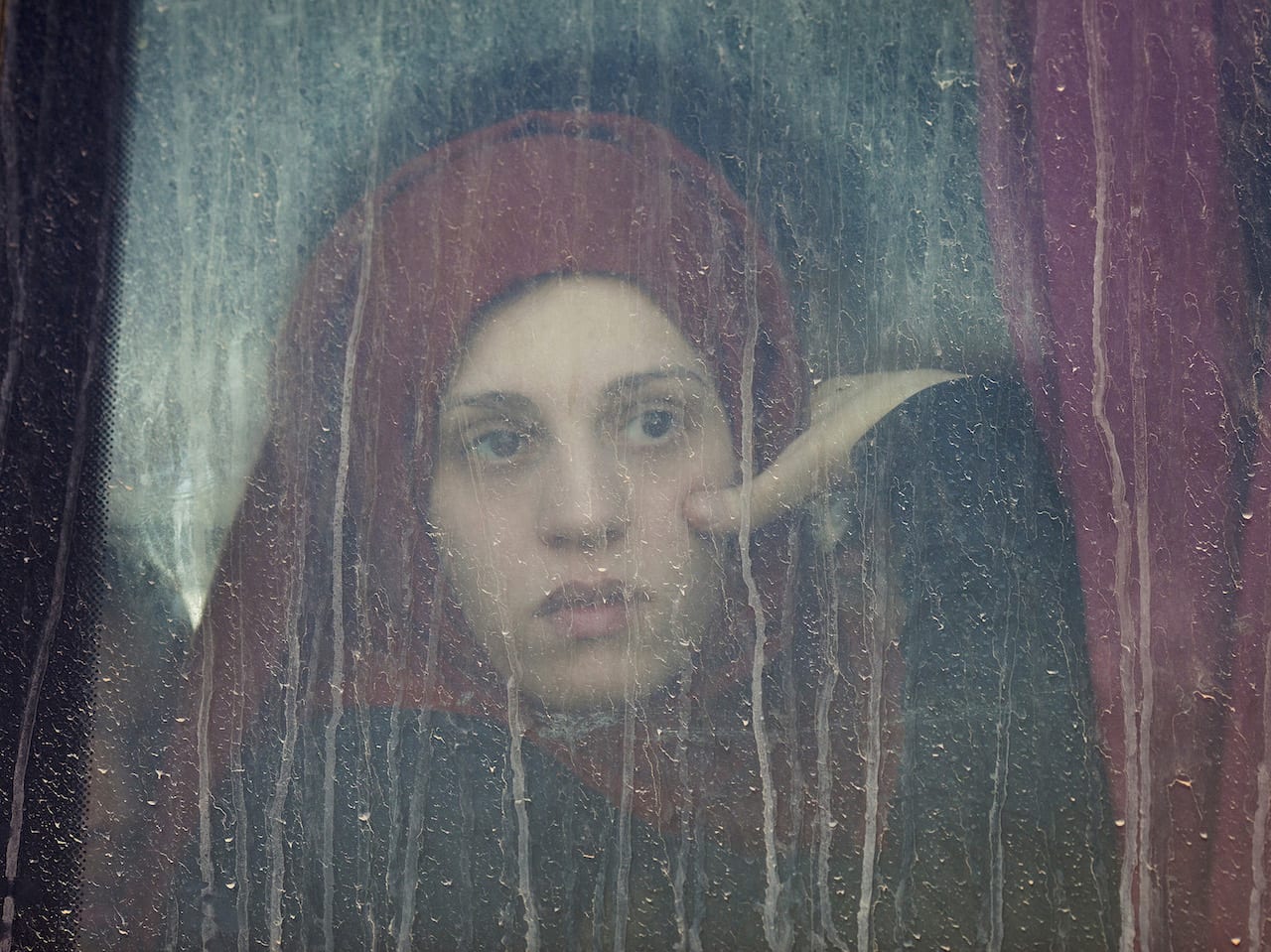
Refugees and robots feature in the shortlisted images for this year’s Taylor Wessing Photographic Portrait Prize, which is organised by the National Portrait Gallery.